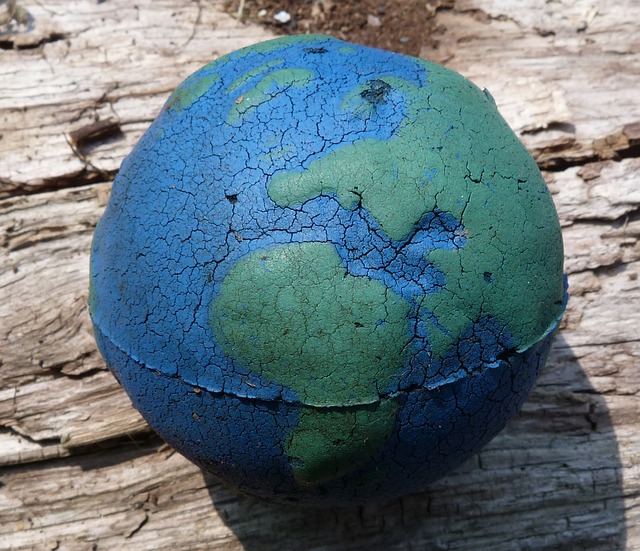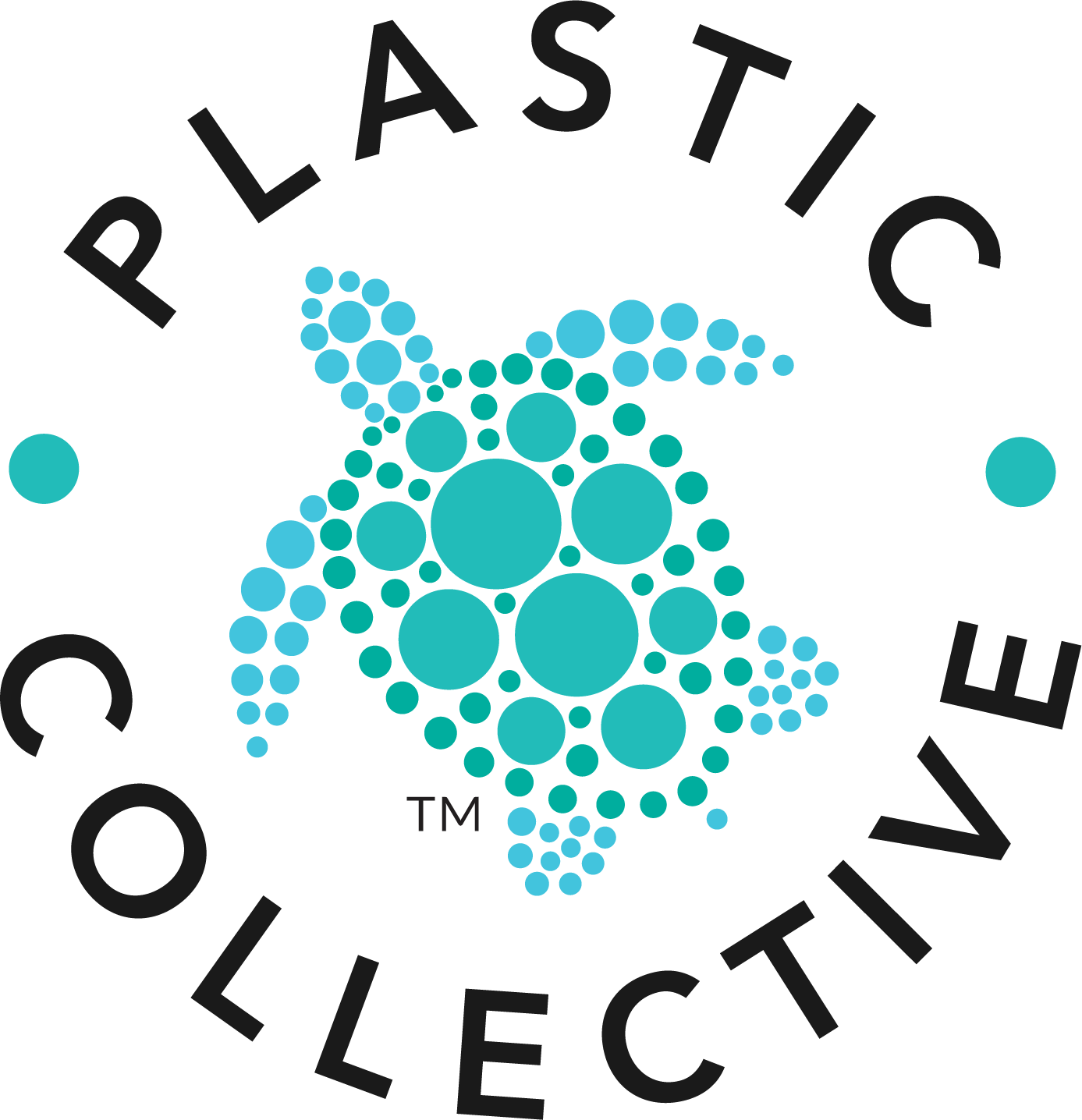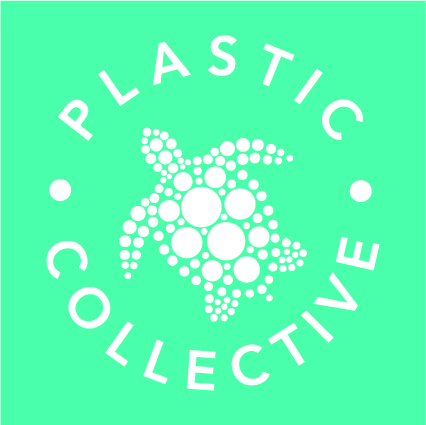What is the Global Plastics Treaty?

The Plastic Pollution Crisis
The plastic pollution crisis began in the late 20th century when plastic waste increased exponentially and scientists in the 1970s began to see its effects on the environment.
Plastic was a material that was once thought of as being the perfect material due to its flexibility as a manufacturing material, along with its cheap production cost. Unfortunately, we now know that while plastic is an extremely useful material due to its longevity and flexibility, it comes with what once was an unforeseen price. This price being the amount of plastic waste that is generated each year.
The main reason why plastic has become a problem is due human mismanagement of materials. Both traditional plastic made with fossil fuels and bioplastic can be problematic if the waste is mismanaged. One of the reasons plastic is considered bad is because the materials typically used to manufacturer plastic products such as fossil fuels have the potential to stay in the environment for a long time (up to 500 years once it is dumped).
Ultimately, plastic uses valuable resources, causes additional emissions in its manufacturer, takes a long time to breakdown and decompose, and can be difficult to recycle and reuse. Coupled with the way plastic is often used, as a single-use product in the food industry or as packaging, it is not difficult to see why this is a problem especially plastic single-use production is increasing each year.
The biggest problem is from Industry: and within industry plastic packaging is by far the worst offender. Plastic packaging produces 146 million tonnes of plastic, and the amount of waste created by this specific industry (packaging) is 142 million tonnes per year! 97% of the materials produced become waste. The biggest improvement we can make in terms of reducing the plastic waste we generate is to curtail our reliance on plastic packaging. In simple terms the less we produce in the first place, the less we need to recycle or reuse.
It cannot be stated enough how big of an issue plastic waste is for humanity. The quantity of plastic waste generated each year globally is staggering, with 350 millions of tonnes of waste being produced each year. Unfortunately, much of this plastic waste finds its way into the environment. Typically, plastic ends up in our rivers, oceans or when it is thrown away as refuse, it is dumped directly into landfills. To put this into perspective it is believed that only 9% of plastic waste is actively recycled. When it comes to the final destination of plastic waste it is calculated that 0.5% of all plastic waste ends up in the ocean.
Plastic waste has had a negative impact on wildlife, ecosystems, biodiversity and now even human health, making the plastic pollution crisis a global emergency that urgently needs to be dealt with. Single-use plastics, in particular, have become ubiquitous in daily life and is one of the major contributing factors to the plastic problem.
The plastic pollution crisis is not a standalone issue as it is linked to other global problems, such as climate change. Addressing the plastic pollution crisis requires more than just waste management and a sea change needs to occur in our relationship with plastic and how we currently use the material.
Given the global nature of the plastic pollution crisis, it’s obvious that no single country, organization or government can solve this problem without collaboration. The crisis requires collective action and international cooperation. For these global issues the United Nations (UN) is the platform where countries come together to discuss issues and policy. As a global governing body, the UN has a defining role in creating initiatives and policies to combat the plastic pollution crisis. Sadly, gaining consensus across all the nations of the world, that each have their own needs and wants is exceptionally difficult and long-winded.
Introduction to the UN Plastic Pollution Treaty
Back in March 2022 at the Unea 5.2 sessions in Nairobi, Kenya, the UN Member States endorsed a resolution at the UN Environment Assembly to commit to develop a legally binding agreement to End Plastic Pollution.
Off the back of this resolution The UN Environment Programme (UNEP) created a forum for all stakeholders to share ideas on the topic and on how to address the issues surrounding plastic pollution and its usage. Moving forward to June 2023 in Paris, France, the UN worked towards agreeing a legally binding treaty to regulate plastic more tightly.
However, in the fight against plastic it was not all positive news. The WWF for instance reported that just 94 of the 180 nations agreed that certain harmful polymers and plastic products such as microplastics should be phased out. This means that while there was progress, there was still a long way to go for complete consensus on how to deal with the issues surrounding plastic pollution.
Moving towards the future, the UN Plastic Pollution Treaty is a global treaty and initiative that could change how we produce, consume, and dispose of plastic if it is fully adopted. The treaty is designed to provide a framework for all countries to work together to reduce plastic waste, promote sustainable consumption and transition towards a more circular economy.
The treaty also targets plastic waste and aims to address the root causes of the plastic pollution crisis, which is the unsustainable production and excessive consumption of plastic.
However, the success of the UN Plastic Pollution Treaty depends on the cooperation of all countries which is far from straight forward. Ultimately, it requires individual governments to set targets, actually implement policies, whilst investing in sustainable infrastructure and technologies. Education or legislature to get business and consumers on board is also necessary.
The global plastic pollution problem is a complex issue. It is not just about litter on the streets or plastic bags in the ocean. This is why the UN Plastic Pollution Treaty needs to be a multifaceted solution. The treaty aims to encompass all the interconnected problems associated with plastic usage, including the overproduction of plastic, inadequate waste management systems, lack of recycling infrastructure, and societal issues surrounding disposable consumption.
The global plastic pollution problem is also connected with economic and environmental factors. For instance, the plastic production process typically relies on the use of fossil fuels, which are well known as contributors to climate change and air pollution. In addition, plastic waste including microplastics and single use plastic often ends up in developing countries, posing significant health and environmental risks. This highlights the potential injustice of the global plastic pollution problem, where marginalized communities bear the impact the most. The good news is that some progress is finally being made in this regard with the EU member states set to ban plastic waste exports to developing nations.
Despite the gravity of the global plastic pollution problem, interventions to address it have been fragmented. Existing policies and regulations often focus on dealing with the issue of plastic after it has been produced and used, such as waste management and recycling, without tackling the root causes of the problem. Thankfully, the UN Plastic Pollution Treaty aims to address this, by offering a comprehensive approach to the global plastic pollution problem such as focusing on promoting the circular economy of plastic.
What is a Circular Economy?
A circular economy is a process that is designed to eliminate or reduce waste through a system of resource reuse. The circular economy has three core principles which are: reduce the amount of materials needed and reduce waste through design, reuse, and keep products in use for as long and possible, and finally recycle.
In a circular economy, products and materials are kept in use for as long as possible, waste is minimized, and resources are regenerated at the end of a product’s life. This contrasts with a traditional linear economy, which follows a ‘take-make-dispose’ model.
The circular economy is much more involved than just focusing on recycling. It involves a fundamental shift in how we design, produce, and consume goods. This includes designing durable, repairable, and recyclable products, promoting sustainable consumption patterns, and transitioning to renewable material sources. A key focus of the circular economy is to highlight the importance of ‘closing the loop’. This is where waste is not ignored but instead seen as a potential valuable resource.
A circular economy starts with the design phase, with the goal being to look how products and designed and developed, to make them more durable and repairable. A key aspect of this design-shift is to try to increase the overall lifespan of a product which in turn helps to counter the ‘throw-away’ society that we have become accustomed to with a plethora of cheap products that up until now have been readily available.
At the production phase, the main focus is on minimizing the waste generated, with a goal of reducing the overall environmental impact of plastic production.
In a circular economy, consumers are also encouraged to use products more mindfully and responsibly and to reduce waste, and recycle whenever it is possible. This can be facilitated through education and awareness campaigns, incentives for sustainable behavior, and easy-to-use recycling systems.
Finally, in the disposal phase, the goal is to recover as much reusable materials or utility from waste as possible. This might involve improving waste management systems, enhancing recycling infrastructure, and promoting innovation in waste-to-resource technologies.
By considering the full life cycle of plastics, a circular economy approach can significantly reduce plastic waste and mitigate the impacts of plastic pollution.
The Plastic Collective have covered the Circular Economy in detail and you can get an in-depth breakdown of the circular economy for plastic in our New Plastics Economy post.
The Response to the UN Plastic Pollution Treaty
The UN Plastic Pollution Treaty has received widespread support from governments and businesses worldwide. The treaty is viewed as a crucial and important step towards tackling the global plastic pollution problem and moving towards a more sustainable economy.
However, the treaty also faces challenges and criticisms. Some argue that the treaty does not do enough in addressing the main causes of the plastic pollution crisis, such as the overproduction by the plastics industry and excessive consumption which leads to plastic waste. Another worry relates to how the implementation and enforcement of the treaty might be handled, and the reliance on voluntary commitments instead of it being a legally binding treaty.
Despite these challenges, the UN Plastic Pollution Treaty offers hope and a potential solution to at least some of the plastic pollution problems that we are facing. It provides a common framework for action, to foster international cooperation.
In November 2023 governments around the world went to Nairobi for the third round of discussions for a global treaty to end plastic pollution.
Future Prospects of the UN Plastic Pollution Treaty and the Circular Economy
The prospects of the UN Plastic Pollution Treaty and the circular economy are promising. Governments, industry, society, and consumers all have a role in making the transition to a circular economy a reality.
The UN Plastic Pollution Treaty has the potential to make a big impact on the global plastic pollution problem. By targeting the entire life cycle of plastics, the treaty could help reduce plastic waste, promote sustainable practices, and start to mitigate the environmental impact of plastic pollution.
How The Plastic Collective Helps
The Plastic Collective plays an important role in the circular economy with the ultimate goal to help end plastic pollution.
The Plastic Collective is one of the solutions to the plastic problem. This is accomplished by supporting small communities in several ways such as by supplying resource recovery and recycling machinery. These tools can be used to recover and recycle plastic and turn discarded plastic materials into valuable products which can help provide an additional income to a community.
In tandem with these important initiatives, The Plastic Collective supports businesses by helping them to reduce their plastic footprint. This is carried out by evaluating a business’s plastic use and providing a short and long-term strategy to reduce their plastic usage and to compensate for their plastic usage through a plastic offsetting scheme that can be used to help with their net zero plastic initiatives.

